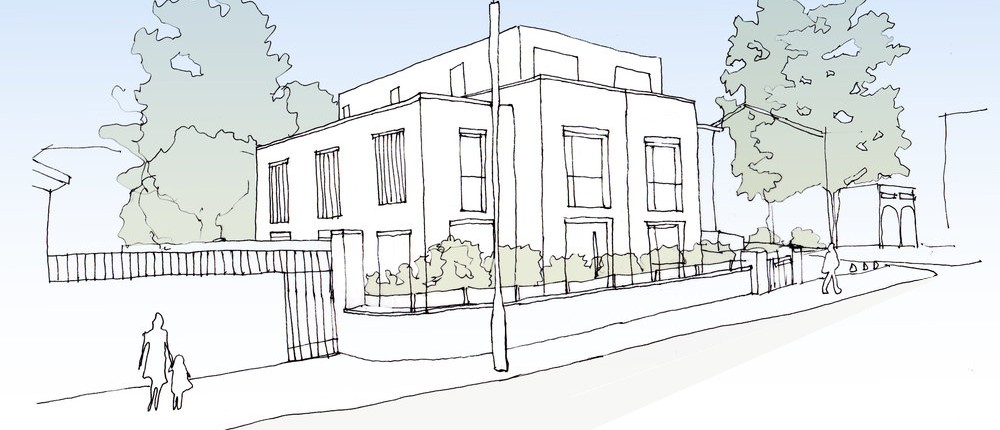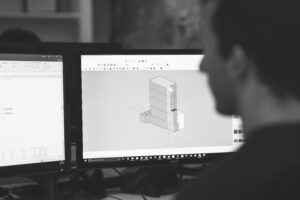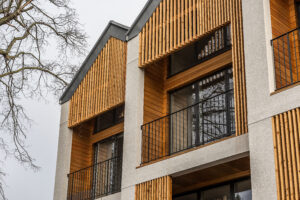To get the best out of your SAP Assessor it’s worth understanding a little about the assessment process itself.
A SAP Assessor can (and sometimes should) be involved in all phases of a scheme, from RIBA stages 1 to 6.
Let’s say you are a typical architecture practice. You’re busy and up against it. The client has dumped everything on your desk, the builder wants to start on site ASAP and you have building regs to clear.
Not ideal but let’s face it, it happens!
Design Stage
This is the important bit – this is where your assessor earns their beans. Get your SAP Assessment under way as soon as you possibly can.
Your assessor’s job is to ensure you can get on site with an agreed design which meets building regs requirements (Part L) and any other planning conditions you may have.
This should be a consultative process, your assessor will work with you to understand your preferred specification for construction details and building services.
Why is my assessor asking me for all this information?
SAP assessments are carried out purely from drawings – so they are incredibly important. They need to be full, detailed and up to date. Paper still works but ideally electronic is best. We cannot use photographs, fag packet sketches or water colours (and before you ask, yes we have received plenty).
You may be asked to provide a fairly detailed specification for what you are building. This isn’t intended to make you do our work for us, it is to understand how advanced your design is, what is set in stone, what is flexible and what is completely unknown. Your assessor can then help you fill in the gaps and give some guidance.
What if it fails?
As your doctor once told you – this is very common so do not be alarmed.
Even the current version of Part L is very tough to meet for most contractors, especially without early warning from design teams. There are many elements which could trip you up and various targets to hit. It is your assessor’s job to help you through this and help you come up with solutions. This may involve some improved construction details, better insulation or more efficient building services. We can also at this point help to factor in renewables if you wish.
 The later you leave it, the less options you have and the less creative your assessor can be. More importantly perhaps, the later you leave your SAP assessment the more expensive the build may become as the cost effective solutions need to be factored in early.
The later you leave it, the less options you have and the less creative your assessor can be. More importantly perhaps, the later you leave your SAP assessment the more expensive the build may become as the cost effective solutions need to be factored in early.
Once we’ve agreed a design which meets both Part L requirements and deals with any CO2 / energy related planning conditions, your assessor will issue finalised reports together with a summary of the design inputs. This should be clear and easy to understand. If it is not, get clarity on it straight away, as this is what you are going to deliver on site.
The Build
We know that out there in the real world, there may sometimes be a slight discrepancy between what is on the drawings and what gets built (ahem). It’s really important that this is flagged to your assessor as earlier as possible. It may not be important, but better safe than sorry.
Completion
Before you start booking carpets and floor coverings, you need to get in touch with your assessor again. He or she will ask you for a few things:
- Confirmation of your as-built specification. This is to confirm that what was designed, was built. Are there any gaps? Did something get missed? Did someone save some pennies and install a different boiler? You told the assessor earlier, right?
- Your air test certificate, Broadly speaking, every new build will need an air permeability test. The resulting certificate needs to reach your SAP Assessor.
- Other evidence – this could include U value calculations, PV installation details, window specs and much more, depending on your build.
We do not ask for this evidence to be a pain or a jobsworth.
Accurate evidence helps us all to close the performance gap (the difference between design performance and actual performance in our new buildings), but they also need to be gathered for quality assurance purposes, and are subject to audit by our regulating bodies.
At this point your assessor can issue final reporting and then finally lodge the new addresses on the Landmark registry, and issue the EPC’s.
So that’s it – three key stages where your SAP Assessor can really add value to your project, assist your design and build teams, and make things run much more smoothly.
For more background on SAP we suggest reading What are SAP Calculations.
Would you like to discuss your project?
Call us for a chat on 0330 055 34 05 or email be@buildenergy.co.uk.
